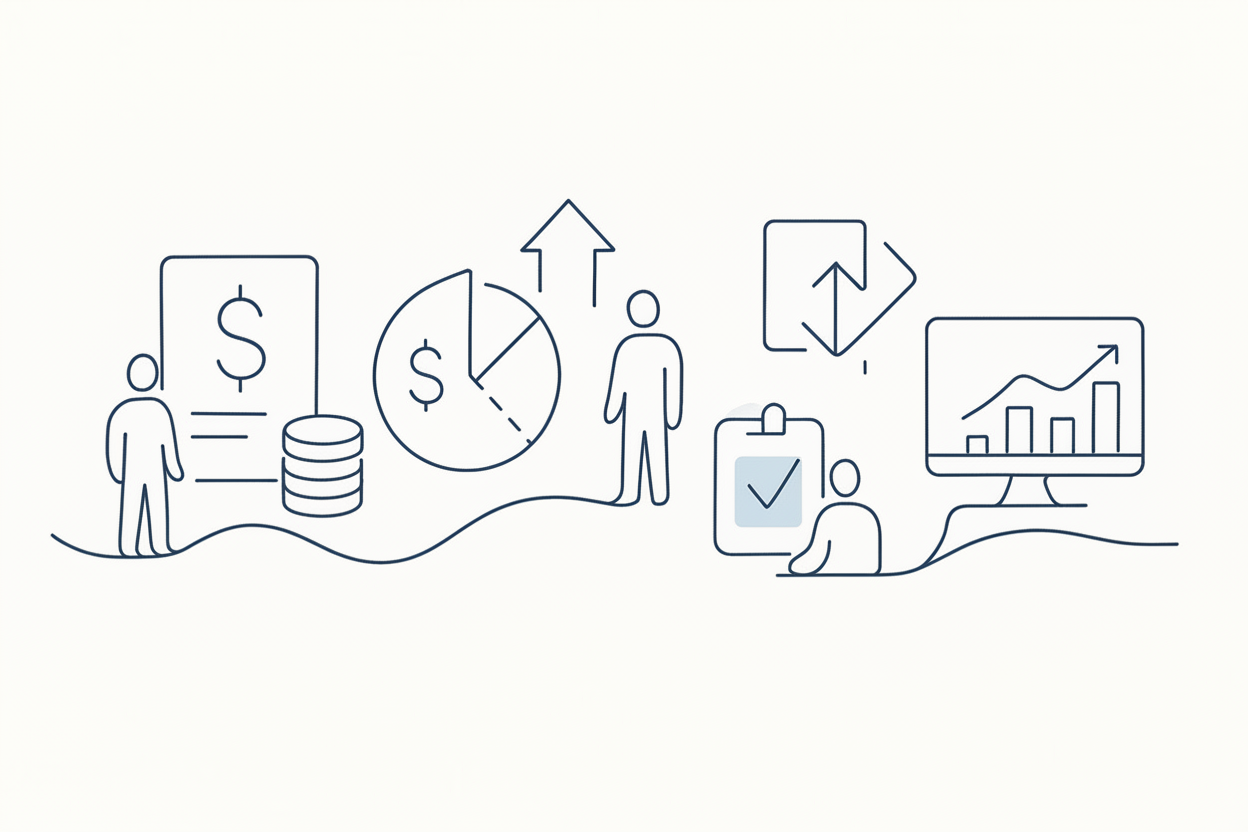TradingView Strategy vs Indicator - The Differences and Meaning

Confused about the difference between TradingView strategies and indicators? In this post, we will explain the main differences and help you choose the right tool for your trading needs. Whether you are a beginner or an experienced trader, understanding the distinction between these two tools is crucial for successful technical analysis.
Confused about the difference between TradingView strategies and indicators? In this post, we will explain the main differences and help you choose the right tool for your trading needs. Whether you are a beginner or an experienced trader, understanding the distinction between these two tools is crucial for successful technical analysis.
TradingView Strategy vs Indicator
TradingView offers two main tools for analyzing and visualizing market data: strategies and indicators.
Indicator
An indicator is a mathematical calculation that is plotted on a chart. Indicators are designed to help traders understand trends and patterns in the market data. Indicators do not make any predictions about the future and are based solely on past price data. They are passive tools that simply provide information about the market.
Indicators have a call to the indicator() function at the top of the script.
Strategy
A strategy, on the other hand, is a set of rules or criteria that a trader follows when making trades. Strategies can be based on both technical and fundamental analysis and involve more complex decision-making. They are active tools that dictate the actions a trader should take based on market information.
Strategies have a call to the strategy() function at the top of the script.
One key difference between indicators and strategies is that a TradingView strategy can be backtested, while an indicator cannot. Backtesting allows a trader to see how a strategy would have performed in the past based on certain criteria. This can help the trader fine-tune and optimize the strategy before using it in live trading. Indicators, on the other hand, are only for visually indicating on the chart and setting up alerts.
Conclusion
In conclusion, TradingView strategies are the more appropriate choice for automating your trades with TradersPost. With a strategy, you can set up specific entry and exit points and backtest the strategy to see how it would have performed in the past. This can help you fine-tune and optimize the strategy before using it in live trading. While indicators can be useful for providing insight into market trends and patterns, they do not have the same capabilities for automation and decision-making as strategies. If you are looking to automate your trading and follow a set of predetermined rules, a TradingView strategy may be the right choice for you.




